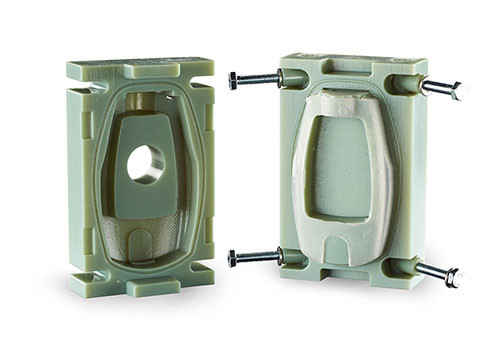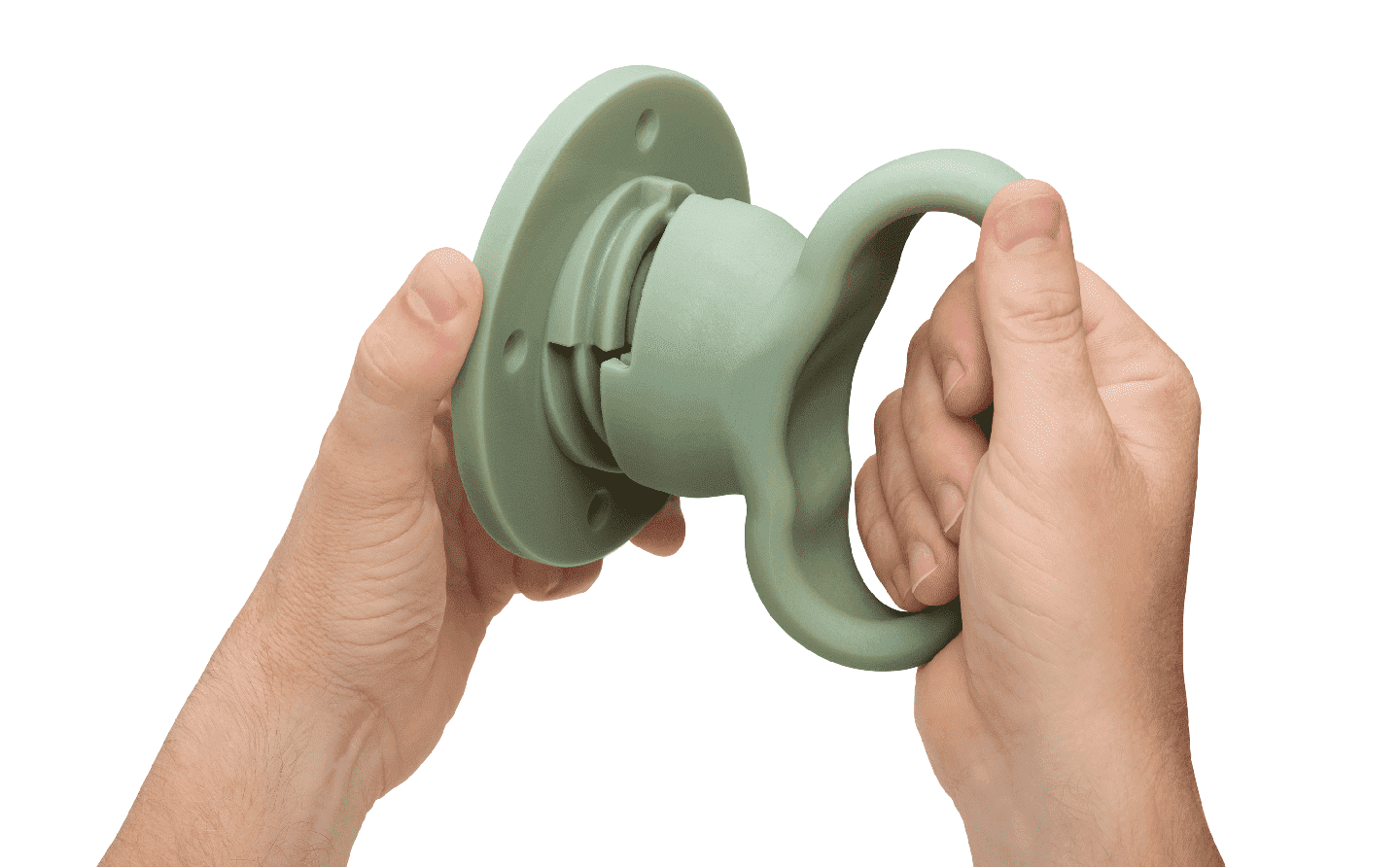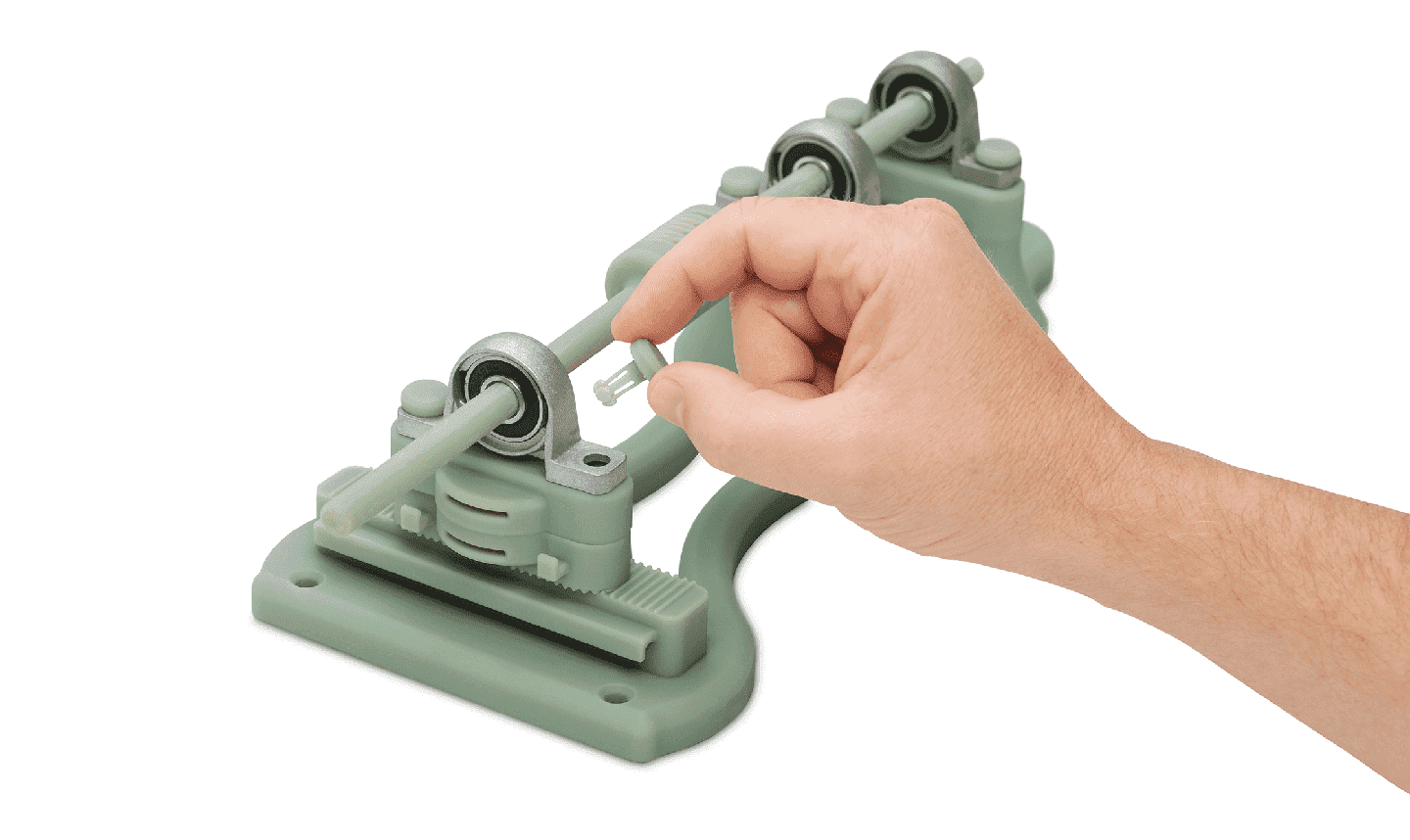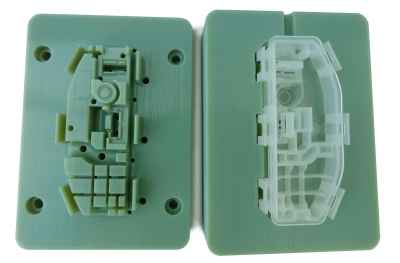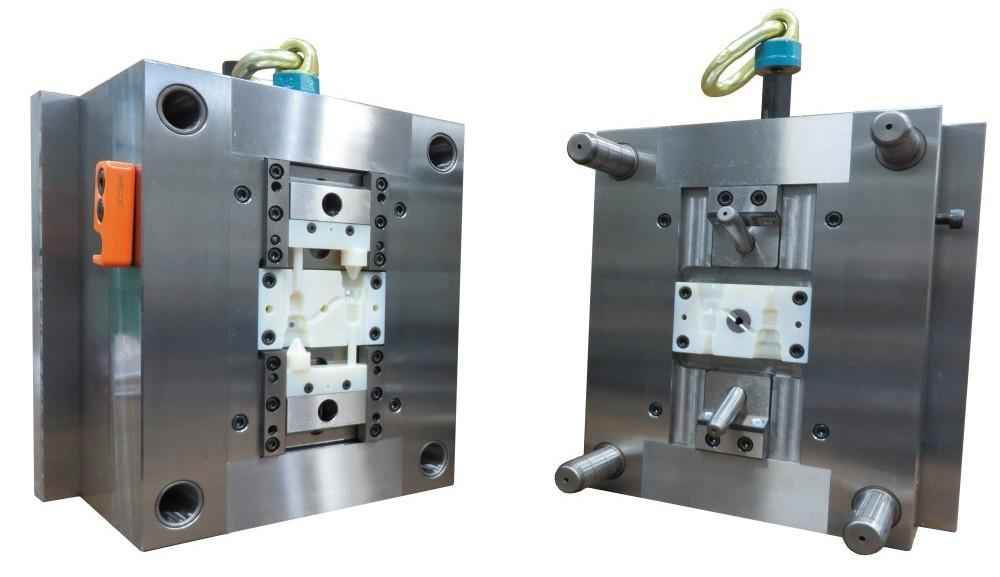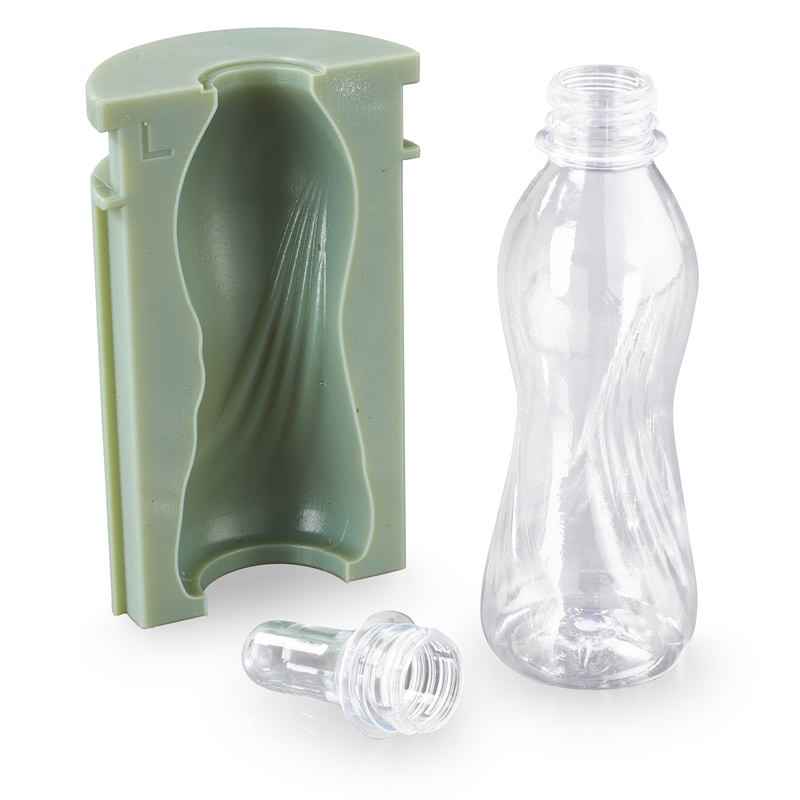|
Stratasys Digital ABS Plus Max Build Size Min Build Size 2 x 2 x 2 mm Default Layer Height 0.025 mm Optional Layer Heights 0.016, 0.025 mm Tolerance ┬▒0.2% (with a lower limit of ┬▒0.2 mm) Up to 95 Ōäā Smooth ŌśģŌśģŌśģŌśģŌśģ Detail ŌśģŌśģŌśģŌśģ Accuracy ŌśģŌśģŌśģŌśģ Rigidity ŌśģŌśģŌśģŌśģ Flexibility ŌśģŌśģŌśģŌśģ
Digital ABS Plus simulates standard ABS plastics by combining high-temperature resistance with toughness. Suitable for parts that require PolyJet technologyŌĆÖs highest possible impact resistance, Digital ABS Plus improves the mechanical and thermal performance of parts and prototypes for design verification and functional performance testing. Watertight Foodsafe Glueable Recycleable Biocompatible Biodegradable Flame Retardant Conductive
PolyJet prototyping technology is used to build your design with this material. Stratasys' patented PolyJet inkjet technology works by jetting photopolymer materials in ultra-thin layers onto a build tray, layer by layer until the model is completed. Each photopolymer layer is cured by UV light immediately after being jetted, producing fully cured models that can be handled and used immediately. The gel-like support material, which is specially designed to support complicated geometries, can easily be removed by hand and water jetting.
|
You are not allowed to view this content.
You are not allowed to view this content.
You are not allowed to view this content.
You are not allowed to view this content.
You are not allowed to view this content.
You are not allowed to view this content.
You are not allowed to view this content.
